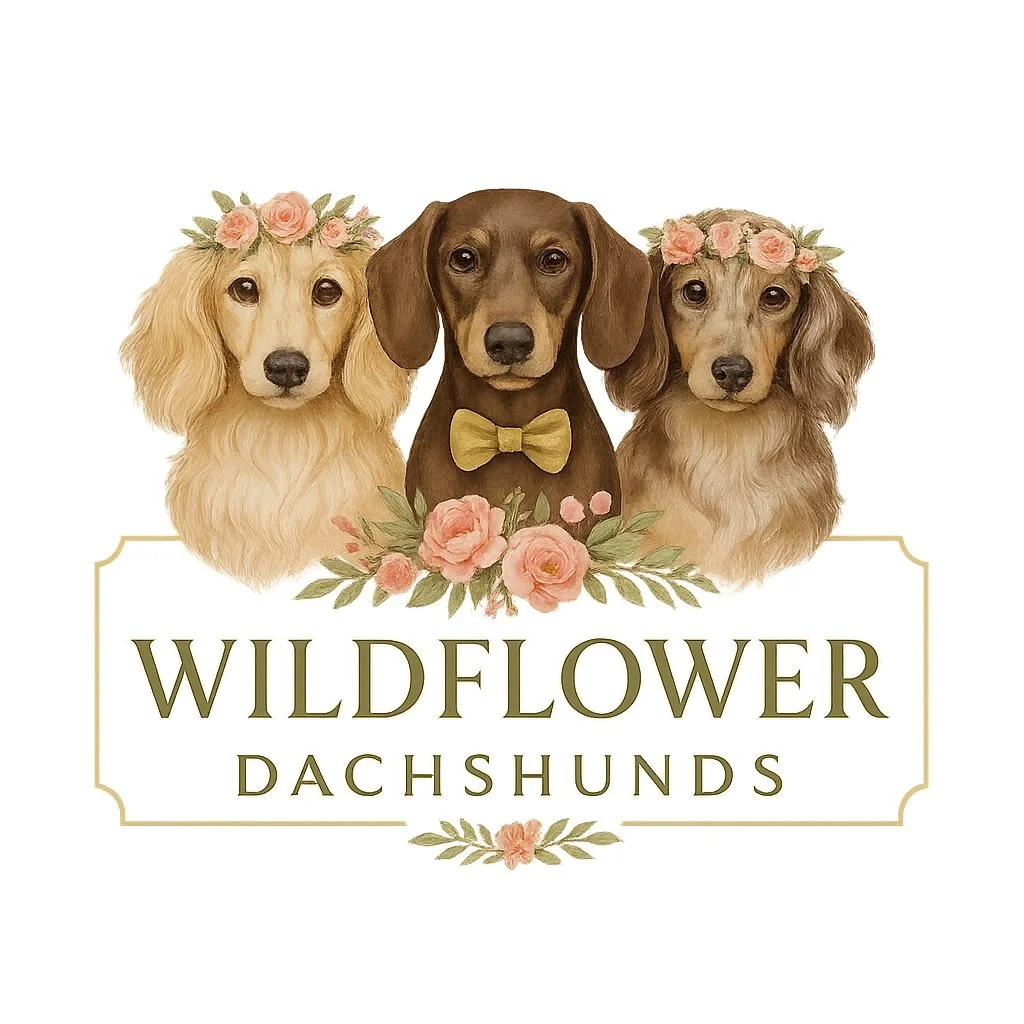🐾 Unveiling the History of Dachshunds
Introduction
With their long bodies, short legs, and bold personalities, dachshunds are one of the most recognizable dog breeds in the world. But few people know the fascinating history behind these little hounds. Bred for hunting and now cherished as companions, dachshunds have a story that spans centuries and continents.
This article explores the origins, development, and rise in popularity of dachshunds — from their working roots in Germany to their place as beloved pets today.
1. The Origins of the Dachshund
The dachshund traces its roots back to Germany in the 15th–16th centuries. Their name comes from the German words “dachs” (badger) and “hund” (dog). True to their name, dachshunds were originally bred to hunt badgers.
Their long, muscular bodies and short legs made them ideal for digging into burrows. Strong jaws and bold temperaments gave them the courage to face prey underground. Over time, dachshunds became known as tenacious and fearless hunters.
2. Development of Miniature Dachshunds
While standard dachshunds were bred for larger prey such as badgers and foxes, the miniature dachshund was developed to hunt smaller animals, especially rabbits.
By selectively breeding smaller dachshunds, hunters created a version of the breed that retained the same courage and instincts, but in a more compact package. These smaller dachshunds also became increasingly popular as family companions.
3. Coat Types and Varieties
As dachshunds spread across Europe, breeders developed different coat types to suit various climates and hunting needs:
Shorthair Dachshunds – The original variety, sleek and low-maintenance.
Longhair Dachshunds – Developed by crossing with spaniels, featuring soft flowing coats and gentle temperaments.
Wirehair Dachshunds – Created by crossing with terriers, with coarse coats and lively personalities.
Today, dachshunds come in a wide variety of colors and patterns, including black and tan, chocolate, red, cream, dapple, and piebald.
4. Dachshunds in Europe and Beyond
By the 1800s, dachshunds were firmly established in Germany and had spread across Europe. They gained popularity with royalty — even Queen Victoria of England was a devoted dachshund owner, helping popularize the breed in Britain.
As German immigrants came to the United States, they brought their dachshunds with them. The breed quickly gained recognition and love across the U.S.
5. Dachshunds in Modern Times
Today, dachshunds are known less for hunting and more for companionship. They consistently rank among the top 10 most popular dog breeds in the United States according to the American Kennel Club (AKC).
Modern dachshunds are celebrated for their:
Distinctive appearance
Courageous and curious personality
Strong bond with their families
From hunters to household favorites, dachshunds have proven to be one of the most adaptable and endearing breeds in the world.
FAQs
Why are dachshunds called “wiener dogs”?
Their long, low bodies resemble sausages — which earned them the nickname “wiener dog” or “sausage dog.”
When were dachshunds recognized as a breed?
The American Kennel Club recognized the dachshund in 1885.
Do dachshunds still hunt today?
Yes, in some parts of the world, dachshunds are still used as hunting dogs, especially for tracking small game.
Conclusion
The dachshund’s history is a story of resilience, adaptability, and charm. From fearless badger hunters in Germany to cherished companions in homes worldwide, these little dogs have left an unforgettable paw print on history.
